Home>Furniture & Design>Living Room Furniture>Why Is My Lazy Boy Recliner So Loud?
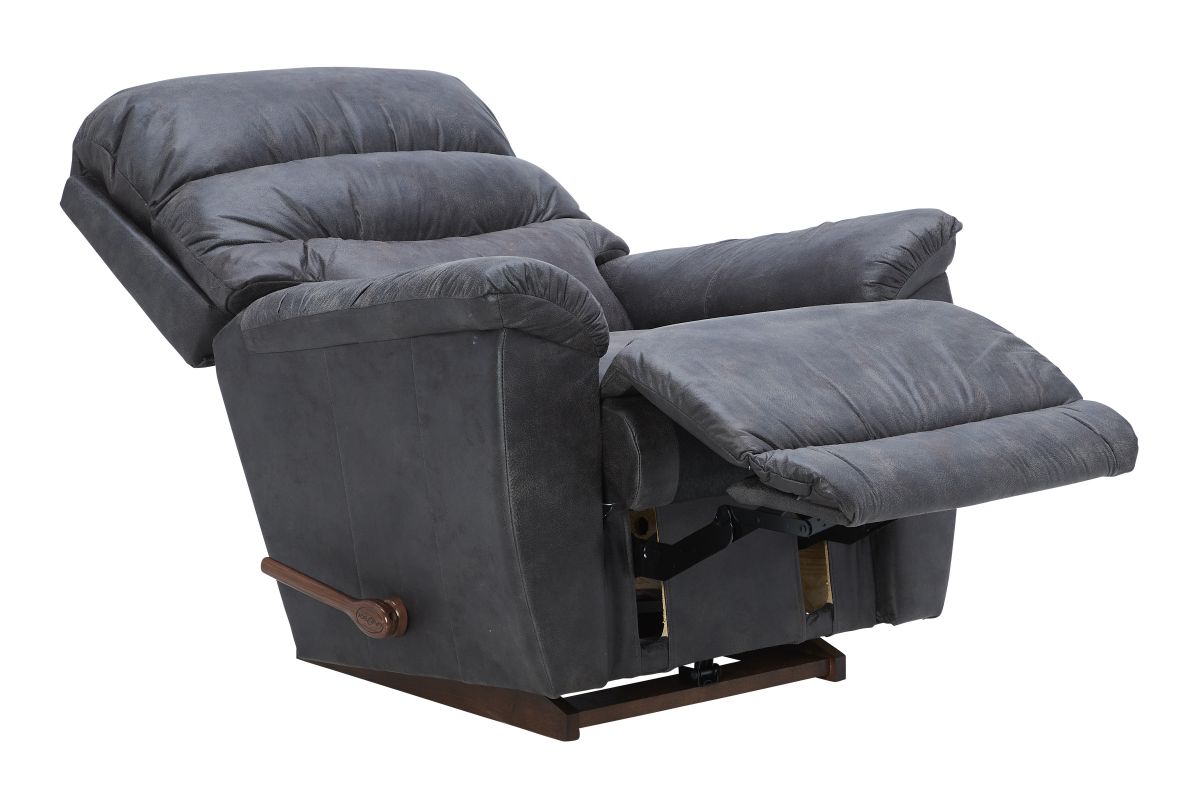

Living Room Furniture
Why Is My Lazy Boy Recliner So Loud?
Modified: April 22, 2024
Discover the reasons why your Lazy Boy recliner may be making excessive noise and find solutions to enjoy a quieter, more peaceful living room. Explore our range of living room furniture and design options to enhance your home comfort.
(Many of the links in this article redirect to a specific reviewed product. Your purchase of these products through affiliate links helps to generate commission for Storables.com, at no extra cost. Learn more)
Introduction
A recliner is often the epitome of comfort and relaxation, offering a cozy spot to unwind after a long day. However, if you've ever experienced a loud, creaking noise emanating from your beloved Lazy Boy recliner, you're not alone. The unexpected cacophony can disrupt the tranquility of your living room, leaving you wondering about the source of the disturbance and how to remedy it.
The familiar scenario of settling into your favorite recliner, only to be greeted by an unwelcome symphony of creaks and groans, can be quite disconcerting. This unwarranted noise not only detracts from the soothing experience but also raises concerns about the recliner's condition and longevity. Understanding the reasons behind the loudness and exploring potential solutions can help restore the peace and serenity that your recliner is meant to provide.
In this article, we'll delve into the common causes of a noisy Lazy Boy recliner and provide practical insights into mitigating the disturbance. Whether you're a proud owner of a classic leather recliner or a plush fabric model, the quest for a silent and smooth reclining experience is universal. By unraveling the mysteries of recliner noise and discovering effective remedies, you can reclaim the tranquility of your living space and enjoy the full potential of your beloved Lazy Boy recliner.
So, let's embark on a journey to uncover the secrets behind the clamor and restore harmony to your living room oasis. Whether you're seeking solace in a peaceful evening of reading or indulging in a well-deserved nap, the quest for a quiet and serene reclining experience begins here.
Key Takeaways:
- Your beloved Lazy Boy recliner may be loud due to wear and tear, loose fasteners, upholstery friction, suboptimal lubrication, or structural misalignment. Regular maintenance and adjustments can help reduce the noise and restore tranquility.
- To silence the unexpected clamor from your recliner, consider lubricating and maintaining its mechanical components, adjusting the upholstery, tightening fasteners, realigning the structure, and seeking professional inspection and repair if needed. These steps can bring back the peaceful and serene reclining experience you deserve.
Read more: How To Adjust A Lazy Boy Recliner
Reasons for the Loudness
The unexpected clamor emanating from your Lazy Boy recliner can be attributed to several underlying factors, each contributing to the unwelcome cacophony that disrupts your peaceful repose. Understanding these reasons is crucial in addressing the root cause of the noise and implementing effective solutions. Let's unravel the mysteries behind the loudness and shed light on the common culprits:
1. Wear and Tear:
Over time, the mechanical components of your recliner, such as the springs, hinges, and joints, may undergo wear and tear. This natural degradation can lead to increased friction and movement resistance, resulting in audible creaks and groans as you recline or adjust the position of the chair. The accumulation of dust and debris within the mechanisms can exacerbate this issue, amplifying the noise and hindering the smooth operation of the recliner.
2. Loose Fasteners and Bolts:
The structural integrity of your recliner relies on a network of fasteners and bolts that hold its various components together. However, prolonged use and movement can cause these fasteners to loosen, leading to instability and increased noise during reclining movements. Loose bolts and screws can create gaps and play within the recliner's framework, resulting in unsettling sounds as the chair is adjusted or occupied.
3. Upholstery Friction:
The fabric or leather upholstery of your recliner can also contribute to the audible commotion. As you shift positions or recline, the friction between your clothing and the upholstery can produce squeaks and rustling sounds. Additionally, if the upholstery is not properly aligned or secured to the frame, it can generate noise as it rubs against the underlying structure.
Read more: How To Clean A Lazy Boy Recliner
4. Suboptimal Lubrication:
Insufficient or deteriorated lubrication within the recliner's moving parts can significantly contribute to the loudness. Without adequate lubrication, the friction between metal components increases, resulting in pronounced creaks and squeaks. This lack of lubrication can stem from neglecting regular maintenance or using the wrong type of lubricant, leading to heightened friction and noise during reclining motions.
5. Structural Misalignment:
A misaligned or unevenly balanced recliner can manifest as audible disturbances during use. Structural misalignment can cause undue stress on specific components, leading to irregular movements and heightened noise levels. This misalignment may stem from improper assembly, uneven flooring, or prolonged use without readjustment.
By identifying these common reasons for the loudness in your Lazy Boy recliner, you can gain valuable insights into the underlying issues that compromise its tranquility. Armed with this knowledge, you can now explore effective solutions to mitigate the noise and restore the serene reclining experience you deserve.
Solutions to Reduce the Noise
Addressing the unwelcome clamor emanating from your beloved Lazy Boy recliner necessitates a strategic approach aimed at mitigating the underlying causes of the noise. By implementing targeted solutions, you can restore the tranquility of your living space and reclaim the serene reclining experience you cherish. Let's explore practical remedies to reduce the noise and elevate the comfort of your recliner:
1. Lubrication and Maintenance:
Regular lubrication of the mechanical components is paramount in minimizing friction and noise. Utilize a high-quality silicone-based lubricant to grease the hinges, springs, and moving parts of the recliner. This lubrication not only reduces friction but also prolongs the longevity of the mechanisms, ensuring smooth and silent operation. Additionally, periodic maintenance, including tightening loose bolts and inspecting the overall condition of the recliner, can preemptively address potential sources of noise.
Read more: What Is The Best Lazy Boy Recliner
2. Upholstery Adjustment:
If the noise stems from friction between the upholstery and the recliner's frame, consider adjusting the fabric or leather to minimize contact points that generate noise. Ensuring a snug and secure fit of the upholstery can significantly reduce rustling and squeaking sounds during reclining movements. Additionally, inspecting and realigning any misaligned upholstery can further diminish the potential for noise generation.
3. Fastener Tightening:
Regularly inspect and tighten the fasteners, bolts, and screws that hold the recliner's components together. Utilize appropriate tools to secure any loose fasteners, thereby eliminating gaps and play within the recliner's framework. This proactive measure not only reduces noise but also enhances the structural stability of the recliner, promoting a seamless and tranquil reclining experience.
4. Structural Realignment:
If the recliner exhibits signs of misalignment or instability, consider readjusting its position and ensuring even contact with the floor. Uneven flooring can contribute to structural misalignment, leading to increased noise during use. By realigning the recliner and addressing any underlying stability issues, you can minimize the potential for disruptive sounds and create a harmonious reclining environment.
5. Professional Inspection and Repair:
In cases where the noise persists despite proactive measures, seeking professional inspection and repair can provide comprehensive solutions. A qualified technician can assess the recliner's internal mechanisms, identify underlying issues, and perform targeted repairs to restore its silent operation. Professional expertise can address complex sources of noise, ensuring a tranquil and enjoyable reclining experience.
By implementing these targeted solutions, you can effectively reduce the noise emanating from your Lazy Boy recliner and elevate the comfort of your living space. Whether it's a simple maintenance task or a professional intervention, each remedy contributes to the restoration of a serene and silent reclining experience, allowing you to fully savor the comfort and relaxation your recliner is meant to provide.
Read more: How To Repair A Lazy Boy Recliner
Conclusion
In the quest for a tranquil and harmonious reclining experience, the unexpected clamor emanating from your Lazy Boy recliner can disrupt the serenity of your living space. However, armed with a deeper understanding of the common reasons behind the loudness and practical solutions to mitigate the noise, you can embark on a journey to restore the tranquility and comfort your recliner is meant to provide.
By unraveling the mysteries of recliner noise, you've gained valuable insights into the underlying factors contributing to the unwelcome cacophony. From wear and tear to loose fasteners, upholstery friction, suboptimal lubrication, and structural misalignment, each potential source of noise has been illuminated, empowering you to address these issues effectively.
The implementation of targeted solutions is pivotal in reducing the noise and elevating the comfort of your recliner. From regular lubrication and maintenance to upholstery adjustment, fastener tightening, structural realignment, and professional inspection and repair, a strategic approach can restore the silent and serene operation of your recliner, allowing you to fully savor its comforting embrace.
As you embark on the journey to silence the clamor and restore the tranquility of your living room oasis, remember that each proactive measure contributes to the enhancement of your reclining experience. Whether it's the application of lubricant to minimize friction, the meticulous adjustment of upholstery to reduce rustling sounds, or the diligent tightening of fasteners to enhance structural stability, every effort is a step toward reclaiming the peace and comfort your recliner embodies.
In conclusion, the quest for a quiet and serene reclining experience is not merely about silencing the noise but about nurturing the sanctuary of relaxation and comfort that your recliner represents. By understanding the sources of noise and implementing targeted remedies, you can transform the disruptive clamor into a symphony of tranquility, allowing you to indulge in moments of repose and rejuvenation without unwelcome interruptions.
So, as you settle into the welcoming embrace of your recliner, may the silence that ensues be a testament to the restoration of its inherent tranquility, reaffirming its status as a cherished haven of comfort and relaxation in your living space.
Frequently Asked Questions about Why Is My Lazy Boy Recliner So Loud?
Was this page helpful?
At Storables.com, we guarantee accurate and reliable information. Our content, validated by Expert Board Contributors, is crafted following stringent Editorial Policies. We're committed to providing you with well-researched, expert-backed insights for all your informational needs.
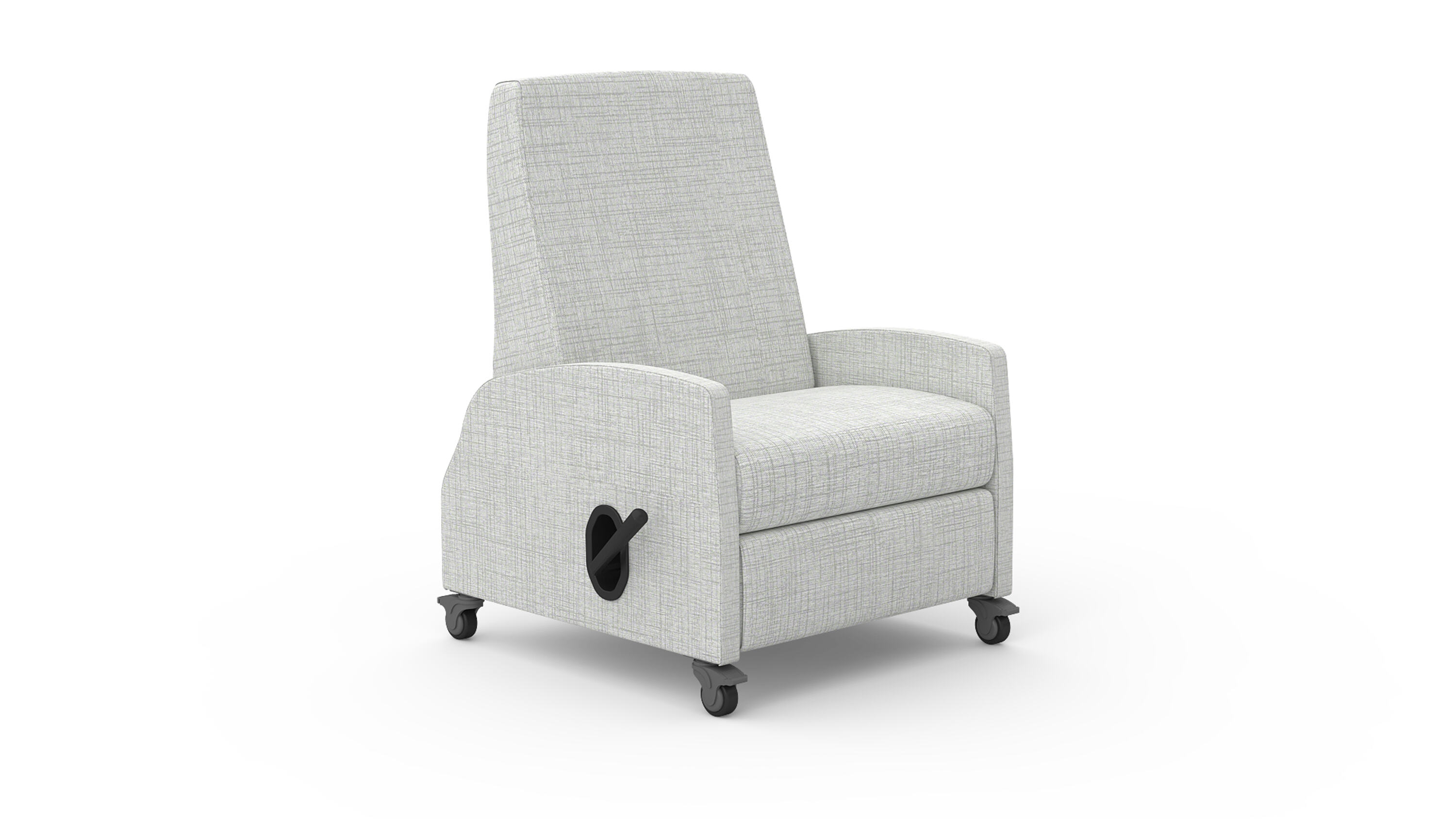


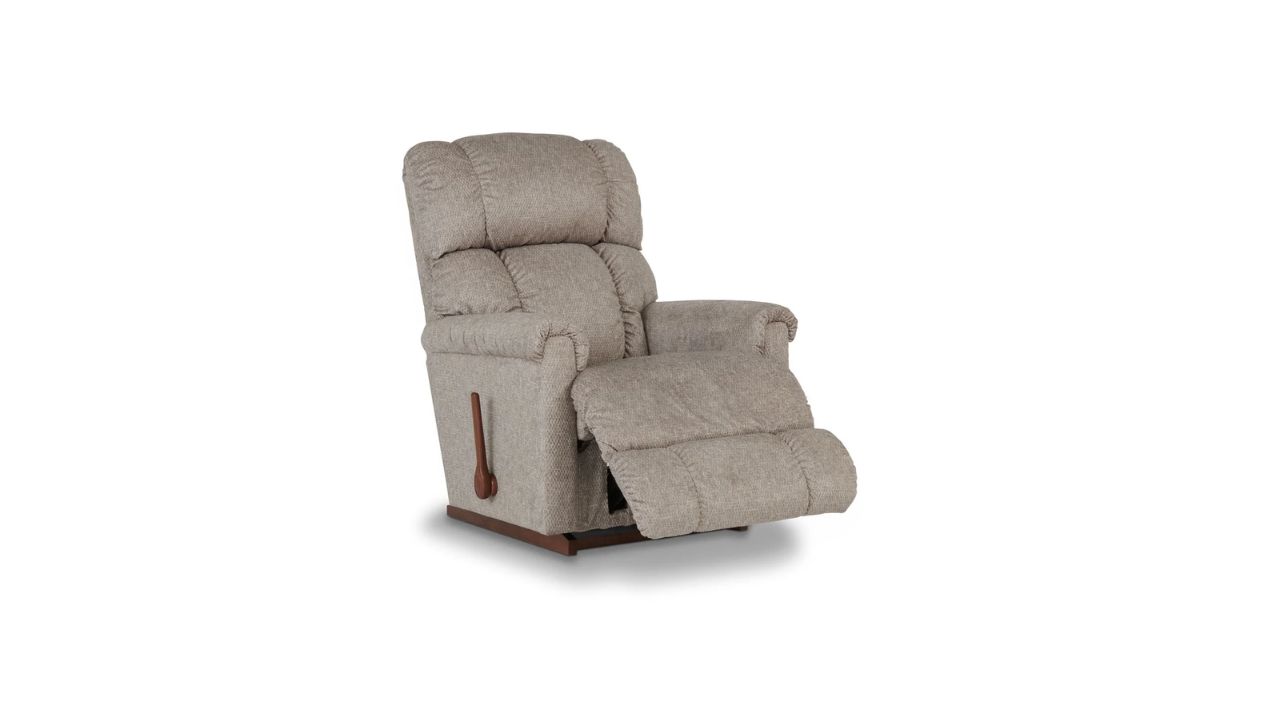

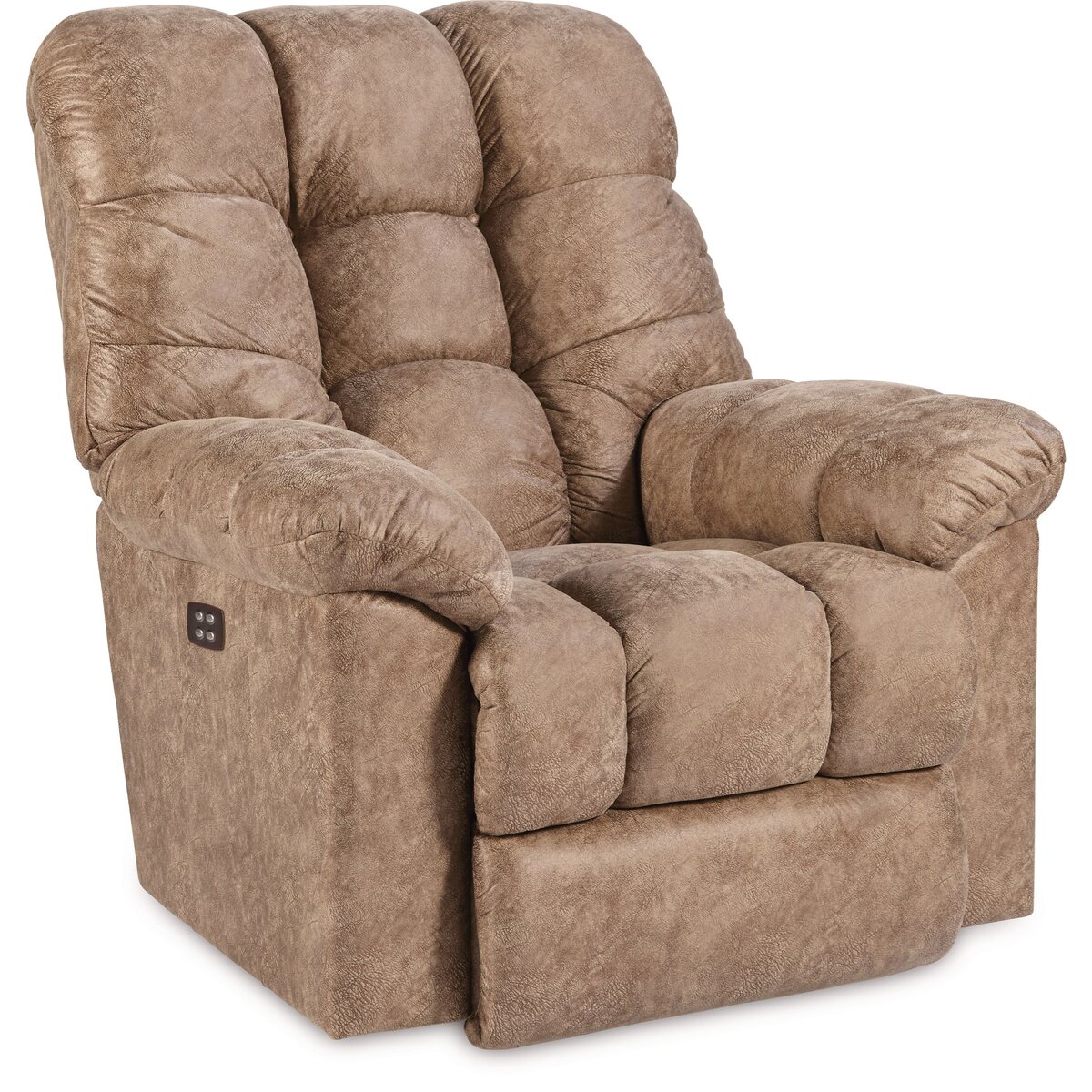


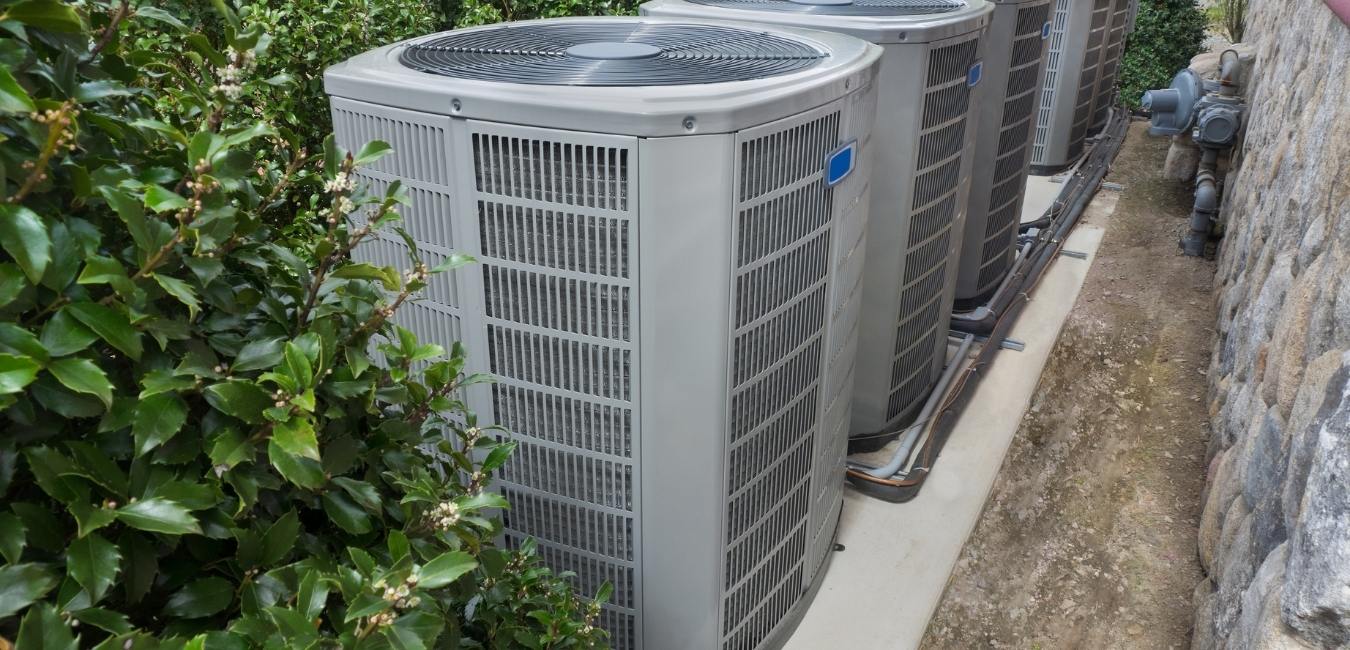
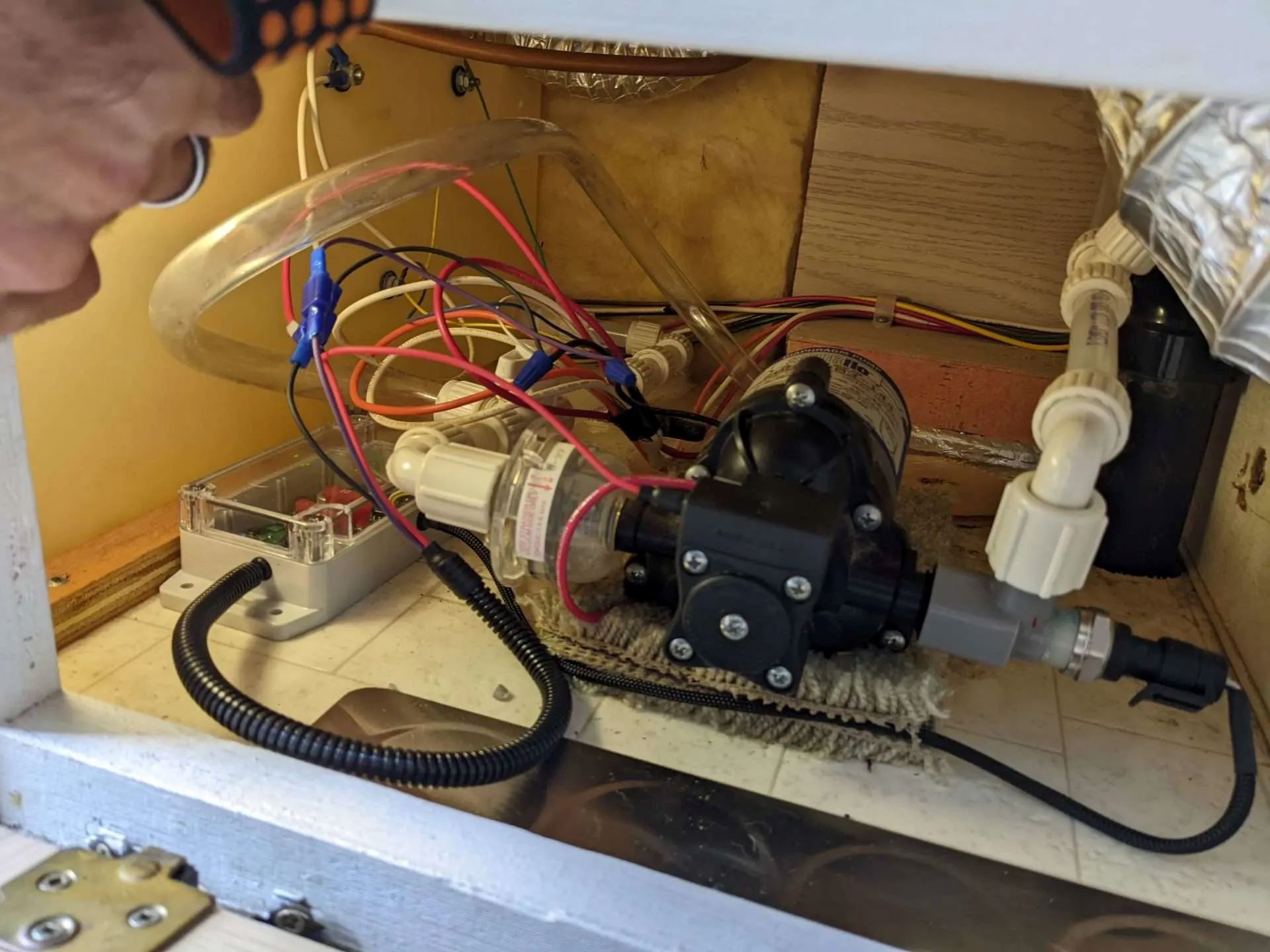
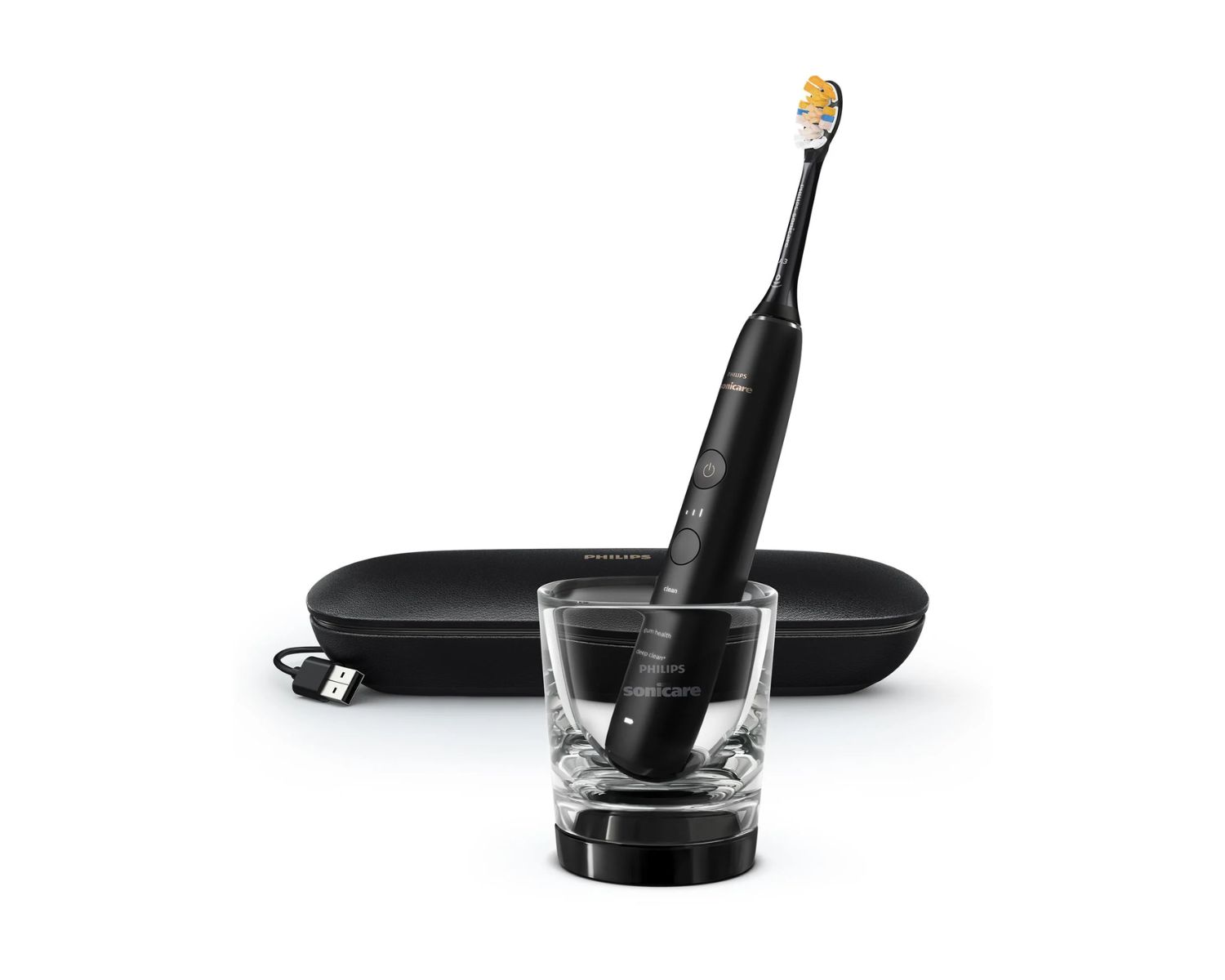
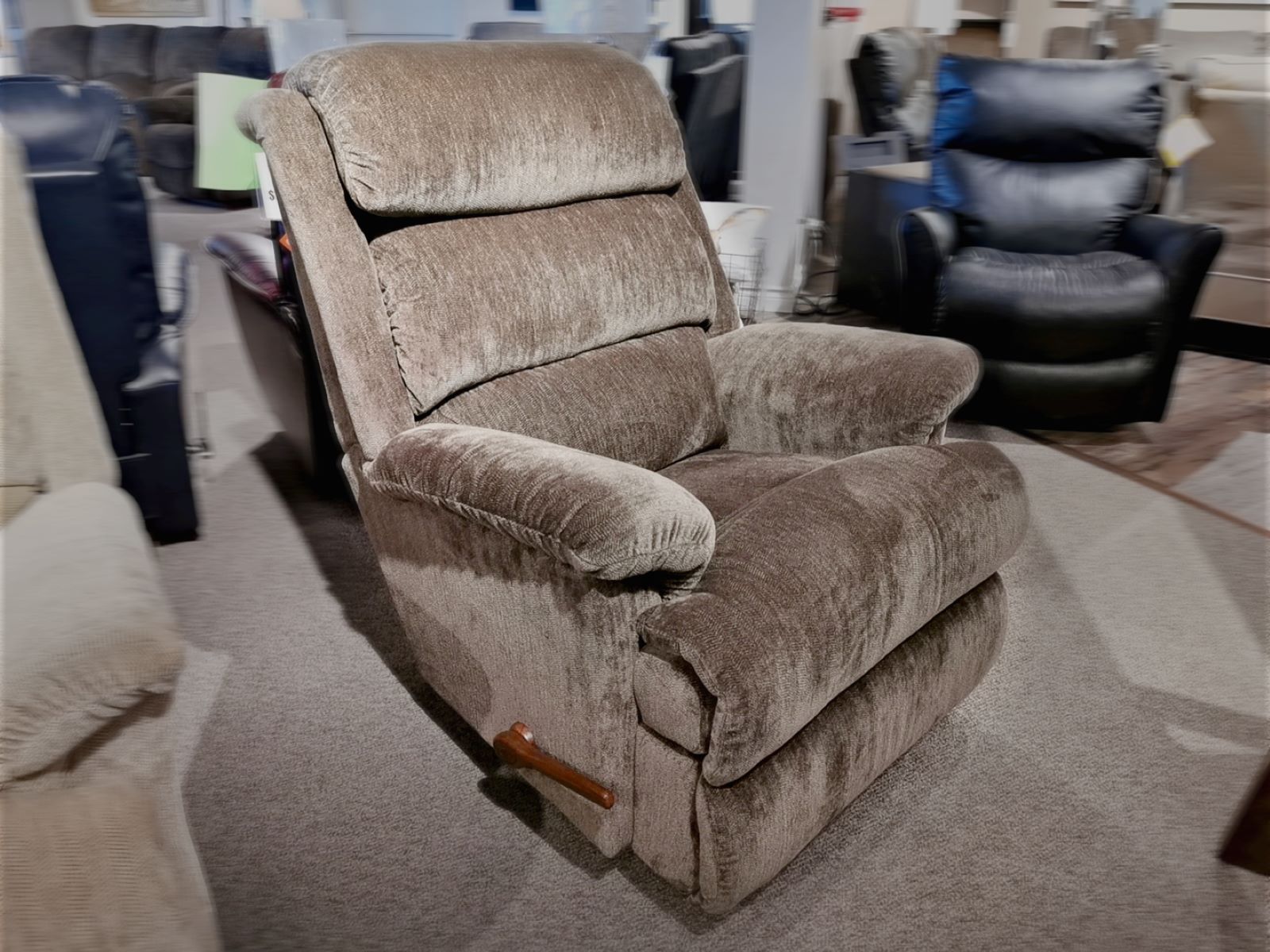

0 thoughts on “Why Is My Lazy Boy Recliner So Loud?”